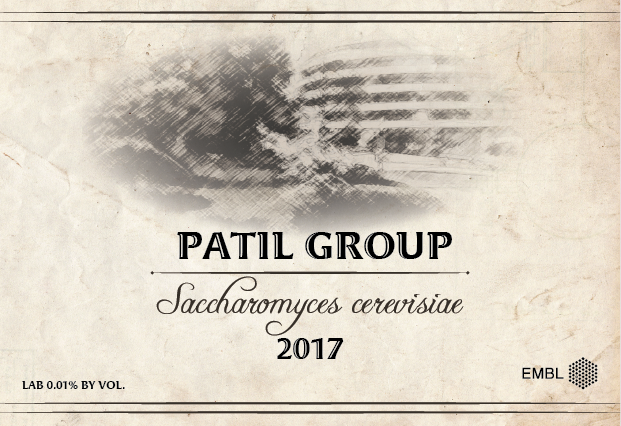
How wine-making yeast can feed wine-spoiling bacteria
EMBL scientists show how microbes can create niches for each other

In a study published today in Cell Systems, scientists in Kiran Patil’s lab at EMBL detail how the microbes involved in making wine, yoghurt and other fermented foods can feed each other. The work also shows that a small change in the environment can shift the interaction from a one-way relationship into a mutual dependency.
The yeast Saccharomyces cerevisiae ferments grape juice into wine. If lactic acid bacteria – which ferment milk into yoghurt – start growing in the wine, they can spoil it. Olga Ponomarova and Natalia Gabrielli, a PhD student and a postdoc, respectively, in the Patil lab, discovered conditions under which the yeast can feed the bacteria. The EMBL scientists found that, if yeast is growing in an environment with excess nitrogen, it secretes amino acids which the bacteria can feed on. They found that this happens not only with lab-grown strains, but also with yeast taken from wine and kefir. In all these cases, the bacteria can’t survive without the yeast.
But the yeast and the bacteria can also come together with more palatable results, such as chocolate, sourdough bread and the fermented milk drink kefir. The relationship is not always one-sided, though. The scientists found that in kefir, where the carbon source is lactose – a sugar which the yeast can’t digest – the two microbial partners are dependent on each other: the yeast produces amino acids for the bacteria, which in turn breaks down the lactose that the yeast can’t handle.


